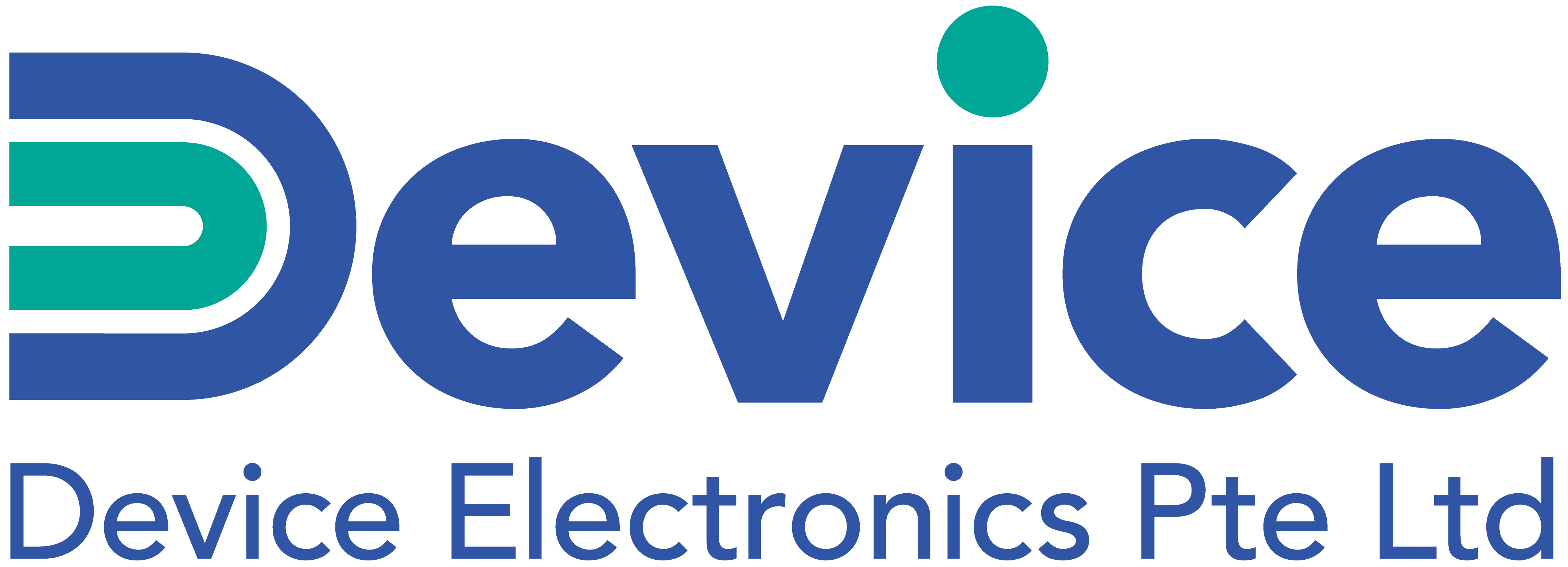
The Need for Speed
Almost any organization in almost any industry wants to support more connected devices, use more cloud services, and take advantage of the type of next-generation technologies that can help them maintain their competitive edge. But for many of them, bandwidth — or more specifically the need for more of it — has been holding them back.
Turns out, the legacy multimode fiber optic cabling common in network backbones simply can’t meet the need for speed. And the process of replacing it with cabling that can do so is costly, complex, and in some cases, just not possible.
Busting Through Multimode Fiber Bandwidth Limitations
All that has changed with Panduit OneModeTM, which is an innovative solution for increasing the fiber backbone’s capacity that was developed by Panduit, in partnership with French deep technology company, Cailabs.Recently, I had the opportunity to catch up with Kevin Lenglé, product line manager at Cailabs, to talk about the cutting-edge technology that makes OneMode work. Here are some highlights from our conversation.
Tom: So many places — hospitals, college campuses and office complexes — are still using the same first- and second-generation multimode fiber optic cabling that became popular in the 1990s.
Kevin: That’s right, Tom. When these cables were introduced, multimode optical modules were vastly less expensive than the singlemode modules, and the bandwidth they did support was more than adequate for the technologies of that time. Today’s video surveillance systems, collaboration tools, streaming services and backup requirements are different, and they need way more bandwidth than legacy multimode can deliver. For example, the legacy multimode fiber backbone can’t support over campus-wide links throughputs of 10 Gb/s or more that these technologies require.
And the reason why legacy multimode fiber can’t meet modern-day demands is the result of something called modal dispersion. The optical design of multimode fiber causes this modal dispersion, which is a distortion that occurs because the propagation velocity of the optical signal is not the same for all modes. This in turn results in the bandwidth limitations.
Tom: The process of ripping out that legacy multimode fiber and replacing it with singlemode is a difficult task that can take a lot of time, and also cause significant disruption to business activities. In some cases, it requires invasive work such as tearing out ceiling tiles. In a hospital environment, for example, dust proliferation is problematic option, nor is tearing apart the entrance to the emergency room. Worst case would be having to dig a trench to add new fiber. That would be expensive and might require complex permitting.
So we wanted to help our customers find a better way, and that’s how we found each other.
Shining Light on the Shaping of Light
Kevin: That’s right. And after our R&D teams connected, our companies demonstrated OneMode’s technology at OFC.
Tom: We knew that light is a powerful enabling technology for many applications, and that changing the properties of light — enhances what it can do. But we’d never heard about changing the shape of light.
Kevin: Cailabs was the first company to optimize the impact of light by changing its shape. In doing so, we discovered that it leads to quantum leaps in efficiency. And when the shape of light passing through multimode optical fiber is altered, it significantly increases bandwidth capabilities, allowing more data to be transmitted faster and reach greater distances. So by shaping light we can eliminate modal dispersion and essentially make multimode fiber perform like singlemode fiber.
I remember you talking about how much the industry needed a new way to increase bandwidth without having to replace legacy multimode fiber. Right away, your team had a vision for how we could work together to develop a dynamite solution, and how we could leverage Panduit’s best-in-class products — patch cords, cable management — and Panduit’s strong global operations to bring it to market.
Putting ‘Rip and Replace’ in its Place
Tom: And best of all, OneMode is essentially a box — a passive media converter that contains no electronics, just light-shaping technology.
It’s installed in a rack within the telecom closet, so there is no messy construction, no business disruption.
In most situations, it takes less time to install than replacing infrastructure would, at a savings of 40% to 60% or more. You can see for yourself how simple it is in this 3-minute product overview video.
Also, because of the growing interest in this new way to increase bandwidth without ripping and replacing legacy infrastructure, we’ve decided to showcase OneMode, and the technology behind it, at the upcoming BICSI Winter event on February 28 – March 4.
I’ll be giving series of live demos of OneMode from the Panduit booth on March 3, from 12-1 pm CT.
Kevin: That’s great! You know, I’ll also be giving a presentation at BICSI. It’s called ‘Getting Ready for Present and Future Bandwidth Needs: How to Deal with Legacy Multimode Fiber,’ and it’s happening on Tuesday, March 2, from 3:45 – 4:45 pm CT.
Tom: Well, Kevin, I know I’m look forward to seeing that presentation, and I’m sure many of our readers are, too. Thanks so much for the chat.
----
Author: Tom Kovanic
http://www.panduit.com
Tom Kovanic joined Panduit in 2009 and is currently Business Development Manager with Panduit Ventures. Tom has spent his entire engineering and business career in the video and communications segments. He is well versed in video acquisition and manipulation, optical and RF communications. Tom holds a Bachelor of Science in Electrical Engineering from Bradley University and a Master’s in Business Administration from San Diego State University.
